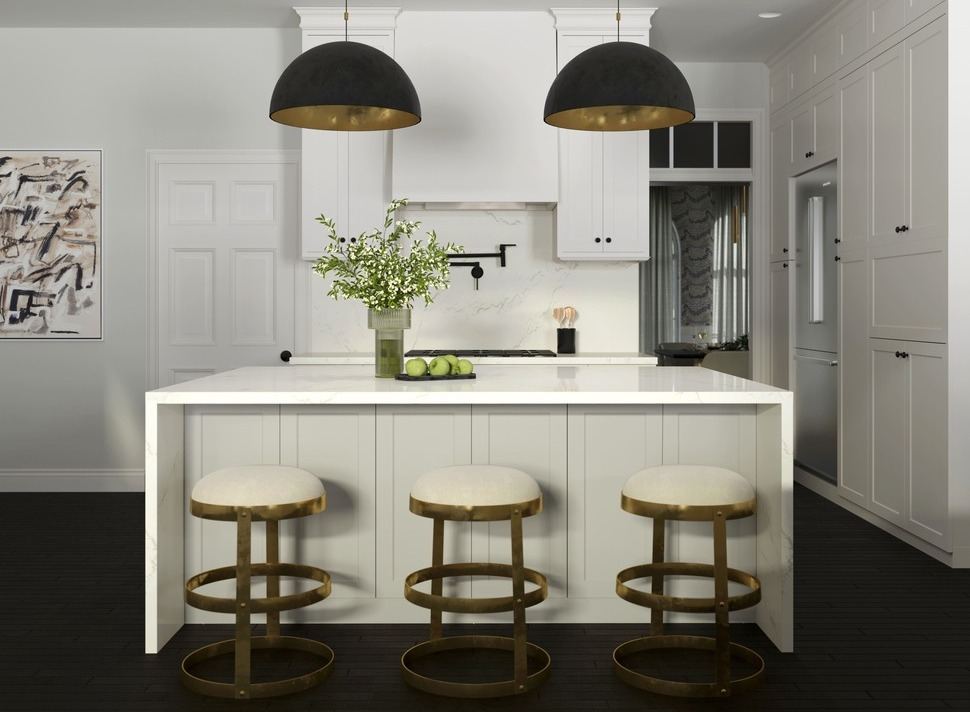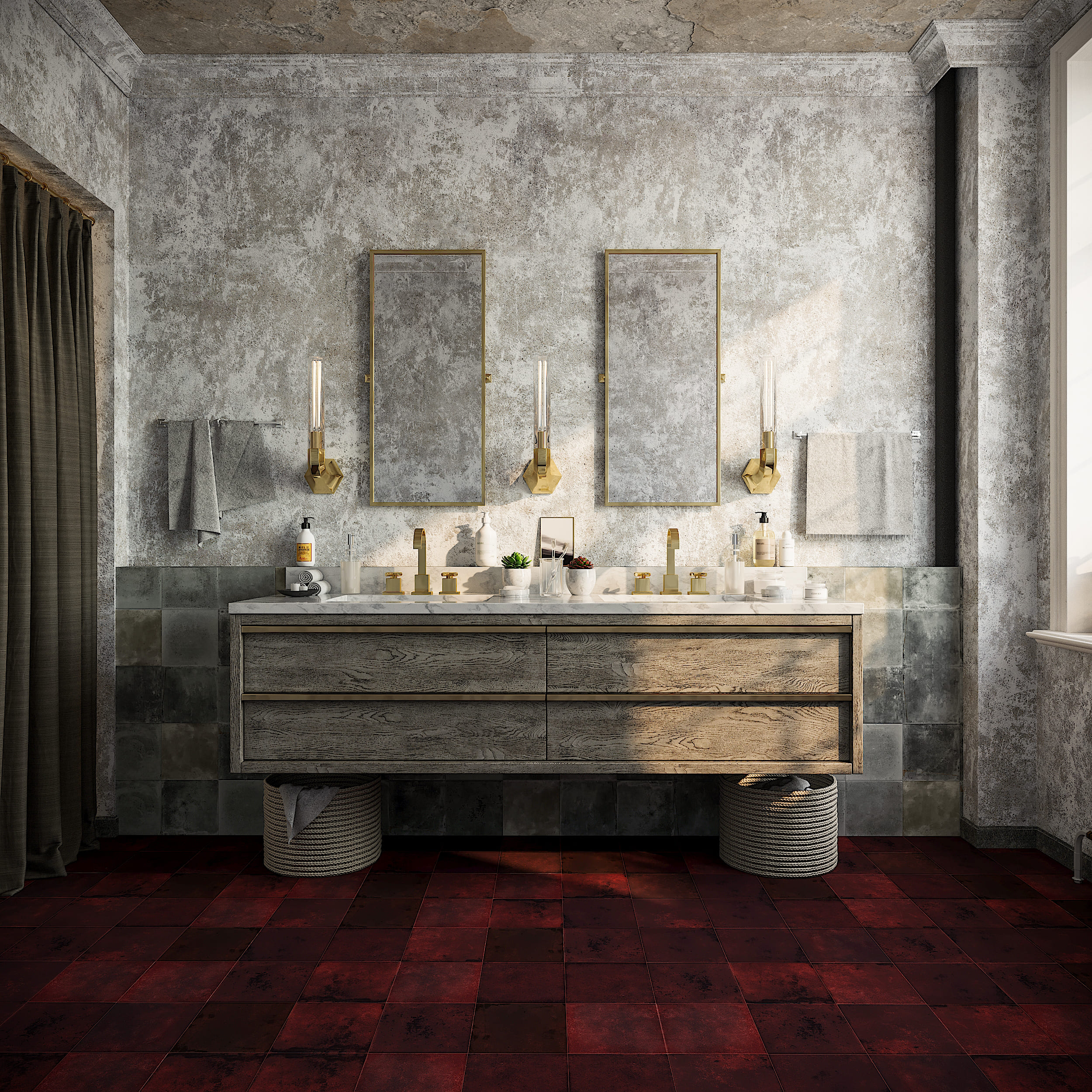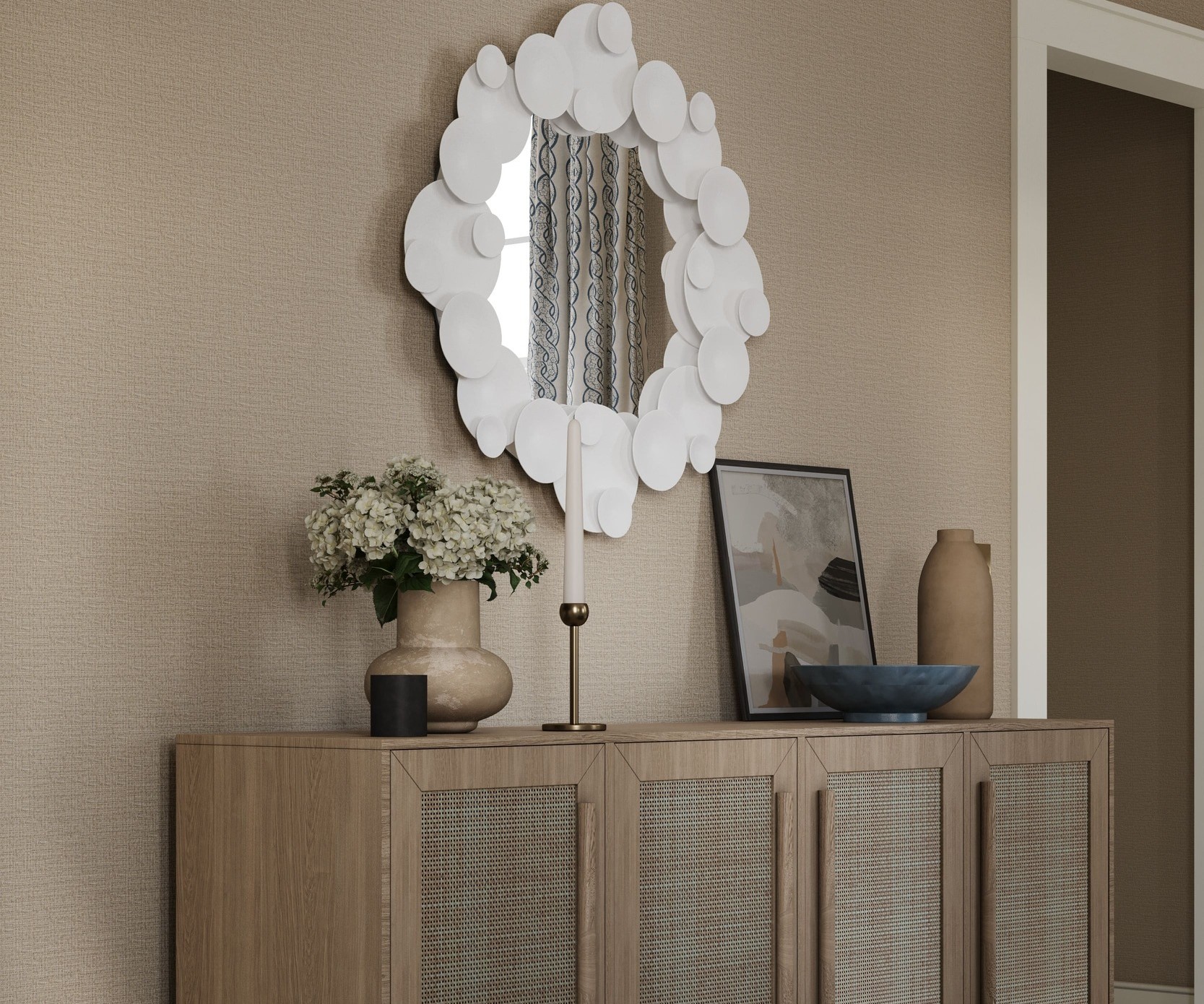WebAR: A Gateway to Immersive 3D Model Experiences
In the dynamic world of digital visualization, the fusion of Web-based Augmented Reality (WebAR) with 3D product modeling is setting new standards in interactive user experiences. This innovative approach, particularly in eCommerce, revolutionizes how consumers interact with products online. By integrating product modeling for AR, businesses are enhancing the visual appeal of their offerings and providing customers with an immersive experience that was once thought to be the future of digital interaction. This article aims to delve deep into the essence of WebAR in 3D product modeling, exploring its technological foundations and the myriad ways it benefits businesses and consumers in the digital marketplace.
Introduction to WebAR in 3D Product Modeling
WebAR, a technology that allows users to experience augmented reality directly through their web browsers without additional apps or downloads, is becoming increasingly pivotal in 3D product modeling. This seamless integration means that consumers can now interact with lifelike 3D models of products in real-time, within their physical environment, simply by using their smartphones or tablets. The application of WebAR in eCommerce transforms the traditional online shopping experience, offering a more engaging and interactive platform for consumers to view and understand products.

Image from Yousee Studio
The synergy between WebAR and 3D product visualization is particularly significant in today's digital age, where the line between physical and virtual shopping experiences continuously blurs. With the rise of online shopping, consumers demand more accurate representations of products. WebAR, combined with detailed 3D models, meets this need by providing a virtual 'try-before-you-buy' experience. This not only aids in better decision-making but also enhances customer satisfaction and loyalty.
Technological Foundations of WebAR
The technological underpinnings of WebAR are both complex and fascinating, involving a blend of computer vision, graphics rendering, and web development. At its core, WebAR leverages the capabilities of modern web browsers to access the device's camera and sensors, overlaying digital content onto the real world as seen through the camera's lens. This is achieved through various web technologies such as HTML5, WebGL for 3D graphics, and WebRTC for real-time communication.
WebGL is crucial in rendering 3D models within a web browser, allowing for the detailed and smooth display of complex product models. It enables the browser to use the device's GPU to render graphics, ensuring that even intricate designs are displayed efficiently and without significant lag. This is essential for maintaining a seamless user experience, particularly when interacting with high-detail product models in AR.
Moreover, the advancement of WebXR, an API that supports both AR and VR experiences on the web, is further expanding the possibilities of WebAR. WebXR provides a unified framework for developers to create immersive experiences previously only possible in native apps. This simplifies the development process and ensures a broader reach, as users can access these experiences directly through their web browsers.
Benefits of WebAR for Businesses and Consumers
Integrating WebAR into 3D product modeling offers many benefits that extend across the spectrum of businesses and consumers, fundamentally altering the landscape of digital interaction and commerce. For businesses, particularly those in the eCommerce sector, WebAR represents a powerful tool to showcase products more interactively and engagingly. This technology allows potential buyers to visualize products in their own space, providing a sense of scale, functionality, and aesthetics that traditional 2D images cannot convey. For instance, furniture retailers utilizing WebAR can enable customers to see how a particular sofa would fit in their living room, considering both size and style, thereby reducing the uncertainty often accompanying online purchases.
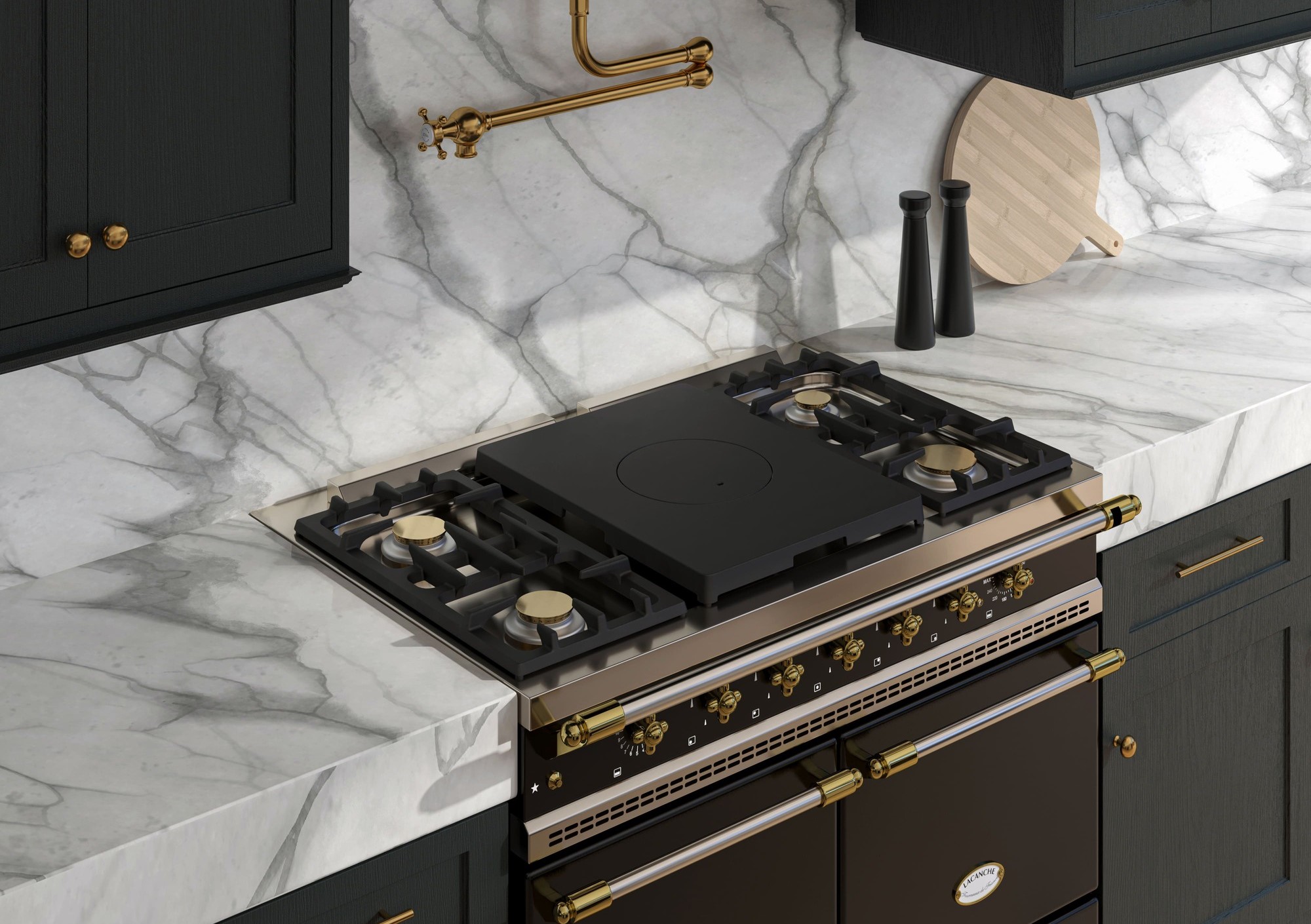
Image from Yousee Studio
From a marketing perspective, WebAR offers an innovative avenue to captivate and engage audiences. Interactive 3D models in AR can transform passive viewers into active participants, encouraging longer interaction times with products and, consequently, fostering a deeper connection with the brand. This heightened engagement enhances brand recall and increases the likelihood of conversion, as consumers who interact with products in AR are more inclined to make a purchase decision.
For consumers, the benefits of WebAR in 3D product modeling are equally compelling. The ability to interact with products in a highly immersive manner provides a richer understanding of the product's features, functionalities, and overall appeal. This level of interaction ensures that consumers can make more informed purchasing decisions, leading to higher satisfaction rates and reducing the likelihood of returns. Moreover, WebAR democratizes the AR experience, making it accessible to anyone with a smartphone and internet connection. It eliminates the barriers associated with traditional AR apps that require downloads and installations.
Challenges in Implementing WebAR for 3D Models
Despite the significant advantages WebAR offers, its implementation, particularly in the context of 3D product modeling, is challenging. One of the primary hurdles businesses face is the technical complexity involved in creating and deploying WebAR experiences. Developing detailed and accurate 3D models optimized for web performance requires a blend of 3D modeling, AR development, and web optimization skills. Ensuring these models render smoothly across various devices and browsers adds complexity, necessitating a deep understanding of web standards and cross-platform compatibility.
Another challenge lies in the user experience design of WebAR applications. Creating intuitive and user-friendly AR experiences seamlessly integrating with existing eCommerce platforms requires careful consideration of user flows, interface design, and interaction cues. Businesses must ensure that transitioning from traditional product pages to AR visualization is smooth and intuitive, minimizing friction and avoiding user frustration.
Furthermore, the variability in device capabilities and internet speeds among users can impact the consistency and quality of WebAR experiences. High-quality 3D models, while visually impressive, can be data-intensive, leading to longer loading times and potential performance issues on lower-end devices or slower internet connections. Balancing the fidelity of 3D models with performance optimization is a critical challenge businesses must navigate to provide universally positive user experiences.
In conclusion, WebAR's integration into 3D product modeling presents a transformative opportunity for businesses to enhance their digital offerings and for consumers to engage with products in unprecedented ways. While the benefits are clear, successful implementation requires navigating a complex landscape of technical, design, and performance challenges. As technology evolves and matures, solutions to these challenges will likely emerge, further solidifying WebAR's role as a cornerstone of modern eCommerce and digital interaction.
Conclusion: The Role of WebAR in Modern Product Visualization
The advent of WebAR in product visualization marks a significant milestone in the evolution of digital commerce and interactive media. As we have explored, integrating WebAR with 3D models offers myriad benefits for businesses and consumers, from enhancing user engagement to providing immersive, lifelike product experiences in the comfort of one's environment. This technology bridges the gap between the tangible and virtual worlds and sets a new standard for how products are presented and experienced online.
WebAR represents a powerful tool for businesses to showcase their products more dynamically and interactively, differentiating themselves in a competitive market. The ability to offer customers an immersive view of a product without needing specialized apps or hardware is a game-changer, making AR experiences more accessible and widespread. This accessibility is critical to driving adoption and ensuring that a broad audience can benefit from these advanced visualization techniques.
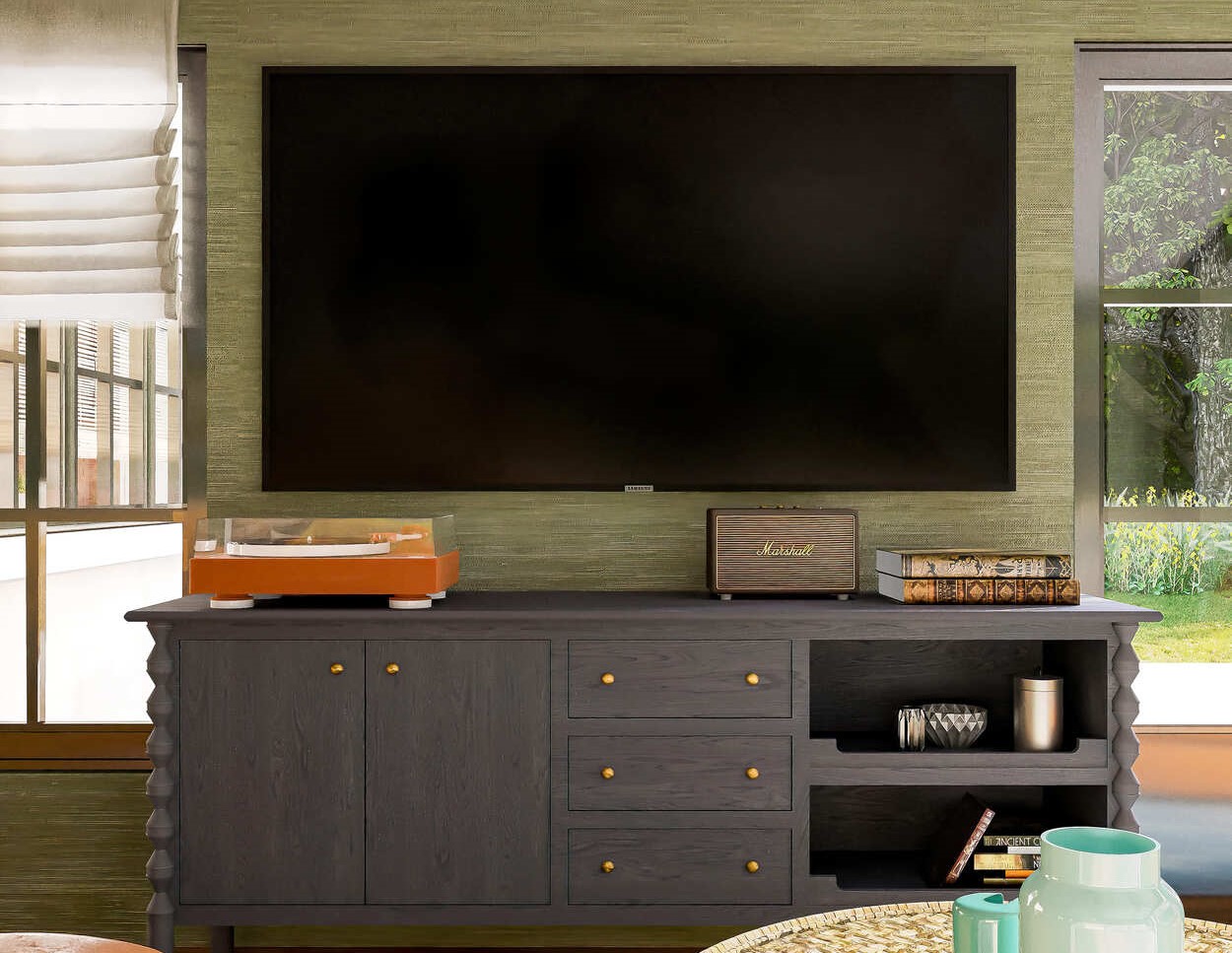
Image from Yousee Studio
Moreover, the role of WebAR in modern product visualization extends beyond mere novelty; it addresses fundamental challenges in online shopping, such as the inability to fully understand a product's scale, texture, and functionality through traditional 2D images. By enabling customers to visualize products in their own space and interact with them in real time, WebAR significantly enhances the decision-making process, leading to more informed purchases and, ultimately, higher customer satisfaction.
However, as we have also seen, the path to integrating WebAR into product visualization is fraught with challenges, from technical hurdles to ensuring a seamless user experience. Overcoming these challenges requires a concerted effort from developers, designers, and businesses alike and a commitment to continuous innovation and improvement.
In conclusion, the role of WebAR in modern product visualization is both transformative and evolving. As technology advances and consumer expectations continue to rise, WebAR stands at the forefront of this evolution, offering a glimpse into the future of digital interaction. Its potential to revolutionize how we view, interact with, and understand products in the digital space is immense, promising a new era of immersive and interactive online experiences. As we move forward, the continued adoption and refinement of WebAR technology will undoubtedly play a pivotal role in shaping the landscape of eCommerce and digital media, making it an exciting area to watch.
Contact us at YouSee Studio for captivating 3D renderings and immersive virtual experiences.
Karen Spacey is a content writer and the author of this article.




